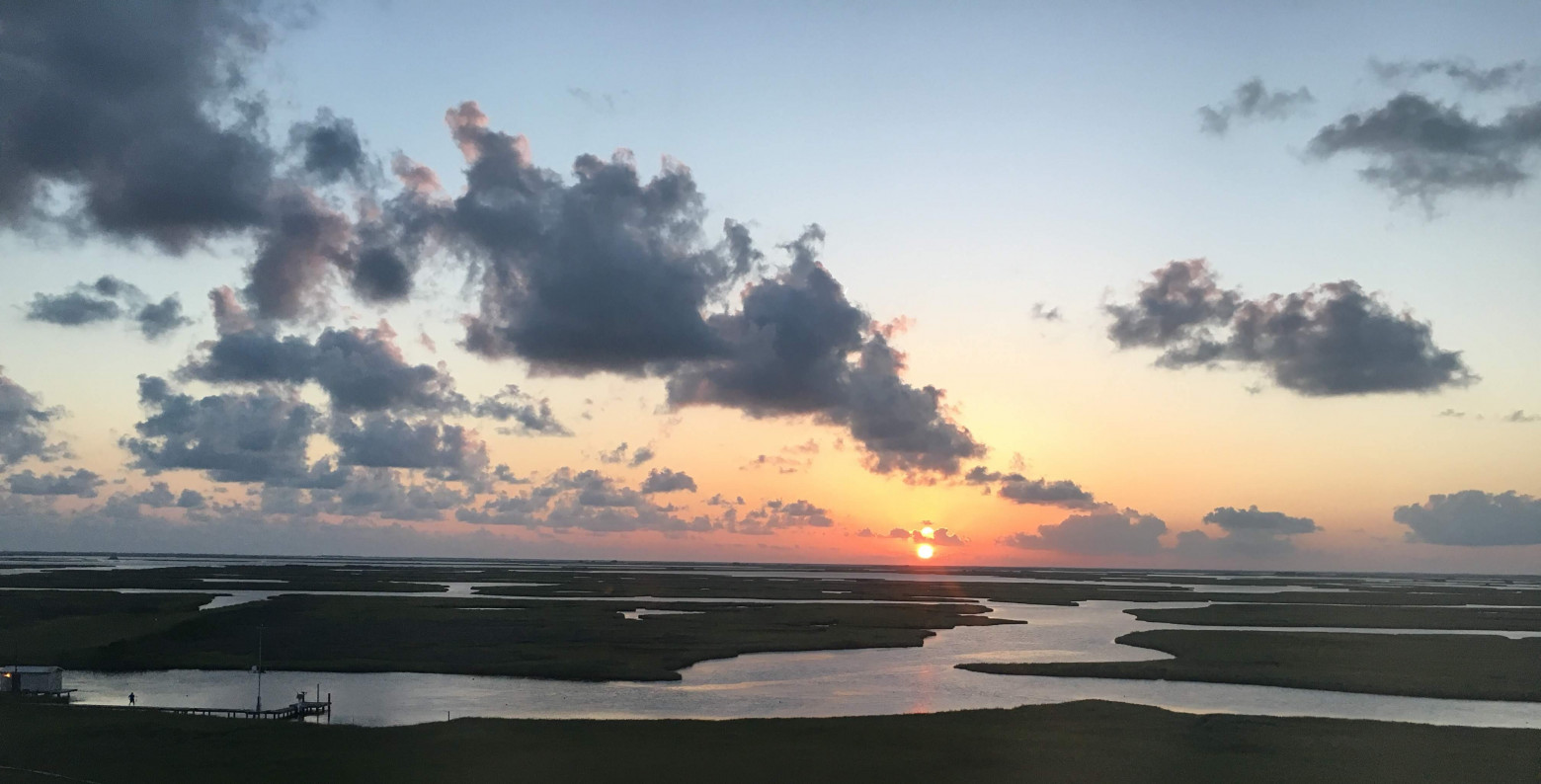
(Glory Jacquat/Franklin & Marshall College)

(Glory Jacquat/Franklin & Marshall College)
Wouldn’t you love it if this was the news headline you saw today when you woke up and opened the paper (or the news app on your smartphone)? A huge problem has been solved and we can all feel good about ourselves now. Or can we?
Environmental Campaigns that focus on strictly one species are easily marketable to the public, but it comes at the cost of missing the bigger picture. In theory, saving one species means preserving their environment and all of the organisms with which they interact, but seldom is that how these initiatives play out.
In 1975, Greenpeace launched its “Save the Whales” campaign¹ to help protect these incredible marine creatures. This movement gained such widespread public attention and support that by 1986 a ban on commercial whaling went into effect.² With the work of many activists, policy makers, and both national and international politicians, drastic progress came quickly. But if we’ve already “saved” the whales, why are we still talking about them in 2021, 35 years after the ban on commercial whaling?
Without the threat of commercial whaling to reduce their numbers, many whale populations are doing better today, but they still face a plethora of problems. Human induced climate change has been negatively affecting whale migration patterns across the globe, which in turn negatively impacts their mating rituals, access to food, and limits their livable environment. News headlines such as “Endangered baby right whale washes up on Florida beach,” and “Gray whale population drops by quarter off U.S. West Coast,” still pop up on a weekly basis, which speaks volumes to their current predicament.
Is the “Save the Whales” campaign to blame for the whales today’s problems? No, not exactly. Greenpeace’s activism got the public invigorated and was a crucial stepping stone in helping these creatures, but that’s not enough to ‘save’ them. We also need to protect whales’ environments from pollution and the dangers of boating as well. Human actions all alter the natural lives of these grand creatures and they are often not critiqued heavily enough, since these problems are one step removed from the whales themselves.
Although the public may be excited and willing to take additional steps to continue to protect whales, there still remains the challenge of all the other organisms that inhabit this shared aquatic environment. Whales are an example of charismatic megafauna, meaning they capture the public’s attention with their size and likeability. The energy put towards whales often drives up the amount of funding, legislation, and protections generated to save these large charismatic creatures. By dedicating so many resources to one specific species, it becomes hard to find the money to run programs to educate the public, lobby congress, or reduce pollution for less cute and cuddly animals.
So where do we go from here? There’s no need to throw in the towel just yet. Get on the internet or to your nearest library and educate yourself about the biodiversity in the region of wherever your favorite megafauna lives. Consider donating to organizations that protect habitats on a larger scale rather than just for one animal. It’s okay to remain infatuated with the whales, just remember that they also have their marine friends, and they too deserve protection.